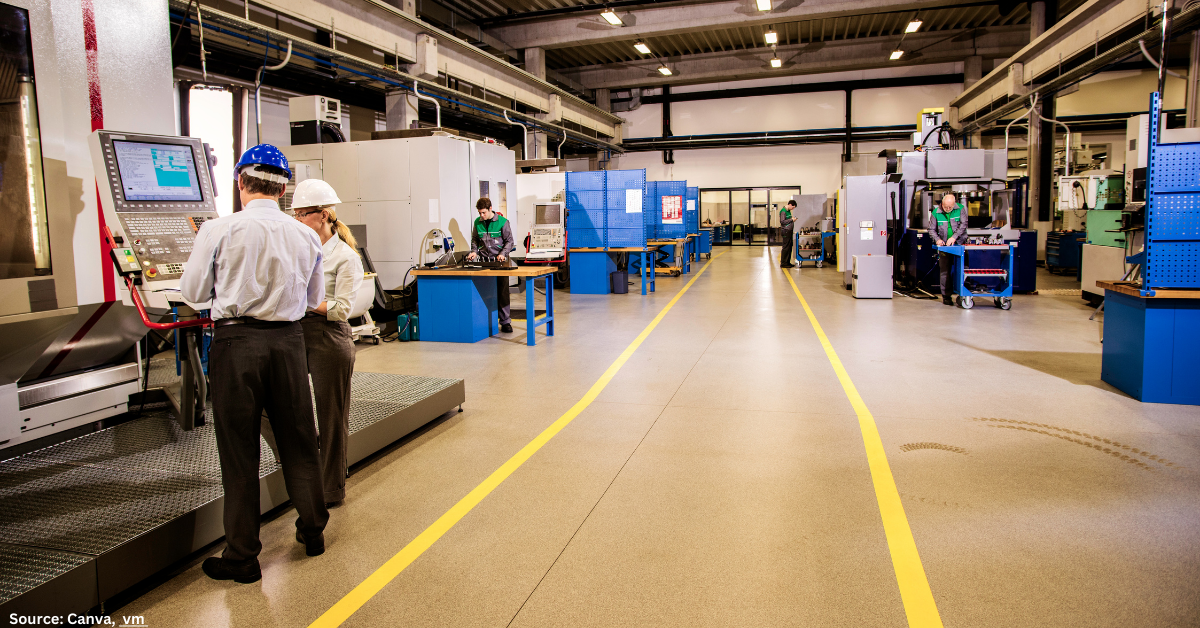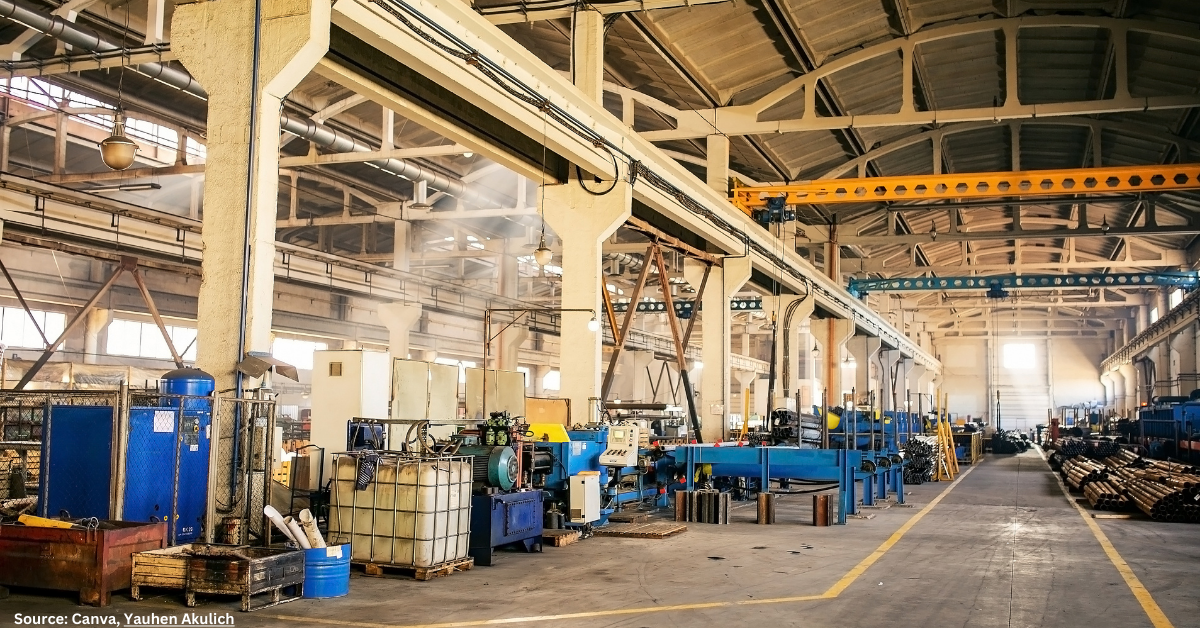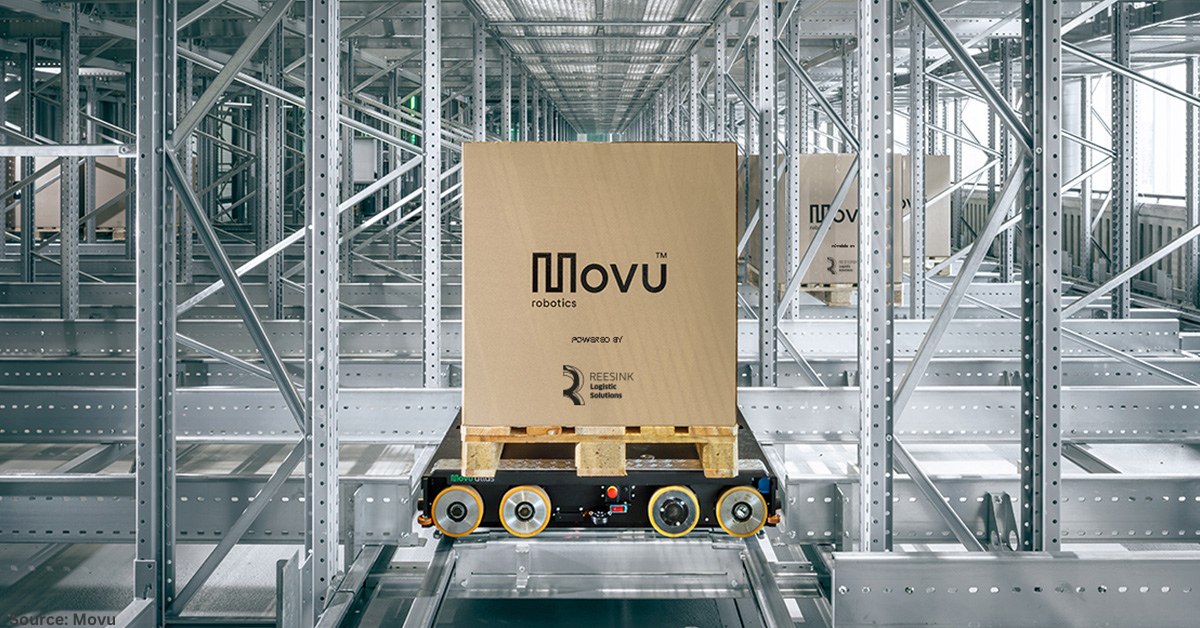Hitachi Vantara’s Owen Keates explains Phase 2 of Modernising (or Establishing) your Supply Chain Control Tower, the second in a series of three articles to help ensure your supply chain can handle whatever’s next.
Any organisation that has prioritised modernising its supply chain capabilities should set itself up for success by following a tried-and-true process. We recommend that you first establish a team to transform the company’s supply chain design and management, rather than assuming the existing supply chain team can accomplish it while handling day-to-day supply chain operations. We also recommend taking the time to identifying the value at risk by not modernising the supply chain, which can help with both motivation and stakeholder buy-in. The third necessary component of phase one is mapping out the supply chain for everyone in the business to see and understand. Phase one was covered in detail in this article: Ensuring Resilience When Supply Chain Teams are Drowning in Data.
Phase Two focuses on Risk Analysis and ensuring you have the required Technology.
1. Quantify Risk
Those companies that have established a cross-functional team and created a visible supply chain map will find this step easier to accomplish than those that have not. The various team members can each bring their expertise to the table, and the supply chain map can be turned into a document for collaboration.
The production team member can highlight critical components which could disrupt production and delivery. Those in planning and procurement roles can share supply risk insights. Those in finance roles can provide historical costs for expediting or substituting components.
Risk analysis information should be added, in detail, to the collaborative supply chain map, including quantifiable metrics wherever possible. Key supply chain performance attributes such as reliability, responsiveness, agility, cost, and asset management can be assigned metrics such as the percentage of orders accurately fulfilled and overall value at risk.
Next, the team must prioritise sections, hubs or chains within the supply network according to risk.
2. Risk Identification and Alerting
Starting with the highest risk supply chains, the next step is to look at each of the potential risks and figure out what the underlying causes could be. If you’re going to get to the stage where you are using a modernised Supply Chain Control Tower with a digitised supply chain risk dashboard that can present such alerts in near real time, you need to figure out what the indicators are for each risk, and what is required to develop alerts for those risk indicators.
Are there systems or sensor data that can be integrated into a dashboard for alerting should one of these risk indicators reach a trigger point? Could tracker and condition monitoring sensors be used to track critical components or products?
Example 1: Weather monitoring and ingestion of weather forecast data along routes that are sensitive to extreme weather events. Alerting and even predicting weather-related supply chain disruptions would enable proactive risk mitigation steps to be taken such as alternative routing or early delivery of the products.
Example 2: Deployment of GPS trackers including more advanced temperature monitoring capability could alert when time and temperature-sensitive consignments are at risk.
3. Tactical Risk Mitigation
Supply chain disruption can be very unpredictable, but proactively identifying or predicting risk creates the opportunity for you to develop and initiate proactive risk mitigation measures.
Now, the cross-functional team engages in scenario planning and “what if” analyses to figure out what can be done to mitigate each of the predicted or potential risks. Look for digitisation opportunities such as preconfigured workflows and plans that can be automatically triggered after a risk alert is detected.
Technology Wish List
Just as racing to move applications to the cloud without modernising the application architecture provides little value, rushing forward with supply chain transformation plans without ensuring the IT infrastructure is there to support it – without at least identifying the technology gaps that need to be filled – is a mistake.
Here is a wish list of tools and solution types to consider.
Digital Supply Chain Visualisation Tools – Leveling up on the collaborative supply chain map by working with a skilled supply chain or business analyst to generate a simulation of the supply network using one of the several commercially available solutions, will add a further layer of robustness to the planning sessions and ongoing supply chain management.
Such tools are used to understand the current supply chain network, the geographical layout of the end-to-end supply chains, from suppliers’ suppliers through to customers’ customers, and the volume, value, and profitability of products and services. Overlaid on this current-state assessment of the supply chain should be the potential bottlenecks and risk areas and the planned and potential alternative sources and routes.
Simulation / Digital Twin Capabilities – With longer-term risks including sustainability and scope 3 carbon emission reporting, trade wars and geopolitical tensions, identification of risks is not enough. Companies must be able to rapidly model scenarios and solutions, which could include complete network redesign. This is a complex exercise, requiring next-generation capabilities. Commercially available simulation and digital twin solutions enable supply chain teams to rapidly access multiple scenarios for risk mitigation and communication processes. Once established and validated, these models can guide the planning and management of the company’s supply chain resilience plan.
Data Integration and Actionable Analytics – Predicting a disruption is not an exact science and forecast accuracy will depend on data availability and insights. Prediction of food supply-chain shortages due to climate changes (for example, a period of drought) is more accurate for longer-term impact analysis than predicting a transportation disruption due to a severe storm. In both scenarios, the more data and insights, the more effective the risk analysis.
The modern supply chain team needs a solution that automatically monitors the entire end-to-end supply chain in a “borderless” fashion to detect non-conformances and patterns that could be early indications of future disruption. These intelligent solutions are designed to reach beyond the business’s ERP and supply chain solutions, integrating with those of the suppliers, logistics providers, customers, and other external systems that could provide the data necessary for insights relevant to supply chain risk. Leveraging process intelligence, solutions can monitor the physical movement of goods and services and the data and transactional flows, surveying for anomalies. Predictive solutions can be added to provide early warning and even decision support and prescribed mitigating actions.
Modernised IT Infrastructure – Supply chain modernisation must be added to a set of clearly defined business objectives, to guide a holistic approach to modernising your infrastructure, applications and data together. This will allow you to leverage distributed cloud environments and build your cloud, to support your outcomes.
To accomplish this, it’s essential to take an inventory of your existing IT infrastructure portfolio and assess it for short-term and long-term requirements such as updated business continuity capabilities, data protection and governance needs, as well as the infrastructure across a hybrid cloud environment to support data storage, accessibility and analytics.
Even if you must implement your strategy incrementally, ensuring that you have a firm foundation for each project phase means that you will not paint yourself into a corner. Modernising your applications in incremental steps will allow you to adapt, deliver results sooner move more quickly and realise greater value over time.
The Playbook
By the end of phase two, you will have developed a risk mitigation playbook that details the steps and associated business processes, digitisation, automation and technology solutions required to initiate Plan B, be it an alternative routing, alternative supply or even substitution of a component.

























































Follow us on social media